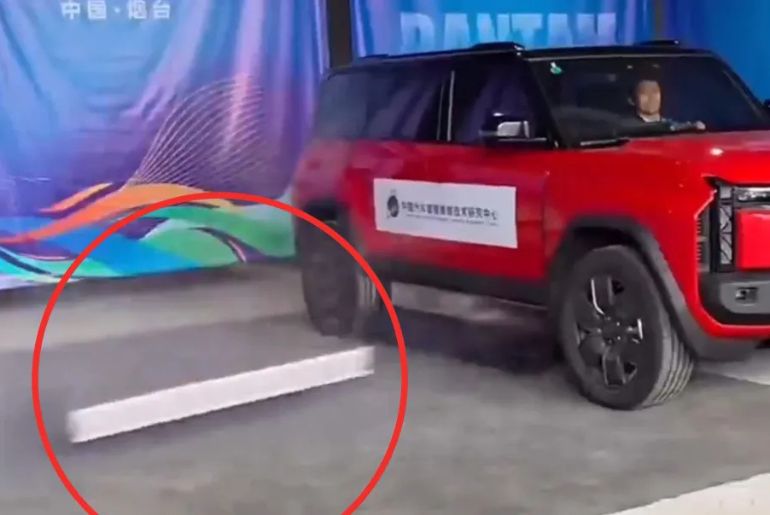A Chinese engineering team has unveiled a controversial new electric vehicle (EV) technology that can forcefully eject its battery during a fire, aiming to reduce risk to occupants. The demonstration, involving a Chery iCar 03 SUV, highlights innovative—but debated—approaches to EV safety.
How the Battery Ejection System Works
The system uses a gas generator mechanism, similar to an airbag, to expel the battery pack up to 20 feet away within seconds of detecting a thermal runaway event. The ejected battery lands on a designated safety pad in controlled demonstrations, preventing fire from spreading inside the vehicle.
Safety Concerns and Industry Reaction
While the ejection system targets occupant safety, experts have raised concerns about potential hazards to nearby vehicles, pedestrians, and property. Notably, companies initially linked to the project, including Joyson Electronics and automaker iCar, have denied involvement, leading to skepticism regarding the technology’s commercial viability.
Industry Implications
This development underscores the ongoing challenge of EV fire safety. While novel, the practicality of battery-ejection systems in real-world conditions is unclear. Analysts suggest further research and rigorous testing will be essential before such solutions can be adopted widely in the automotive industry.
Future of EV Safety
The battery-ejection concept represents a bold step toward addressing one of the key safety concerns in electric mobility. However, balancing innovation with practical safety measures remains critical to ensure these technologies can enhance, rather than compromise, EV safety standards.

